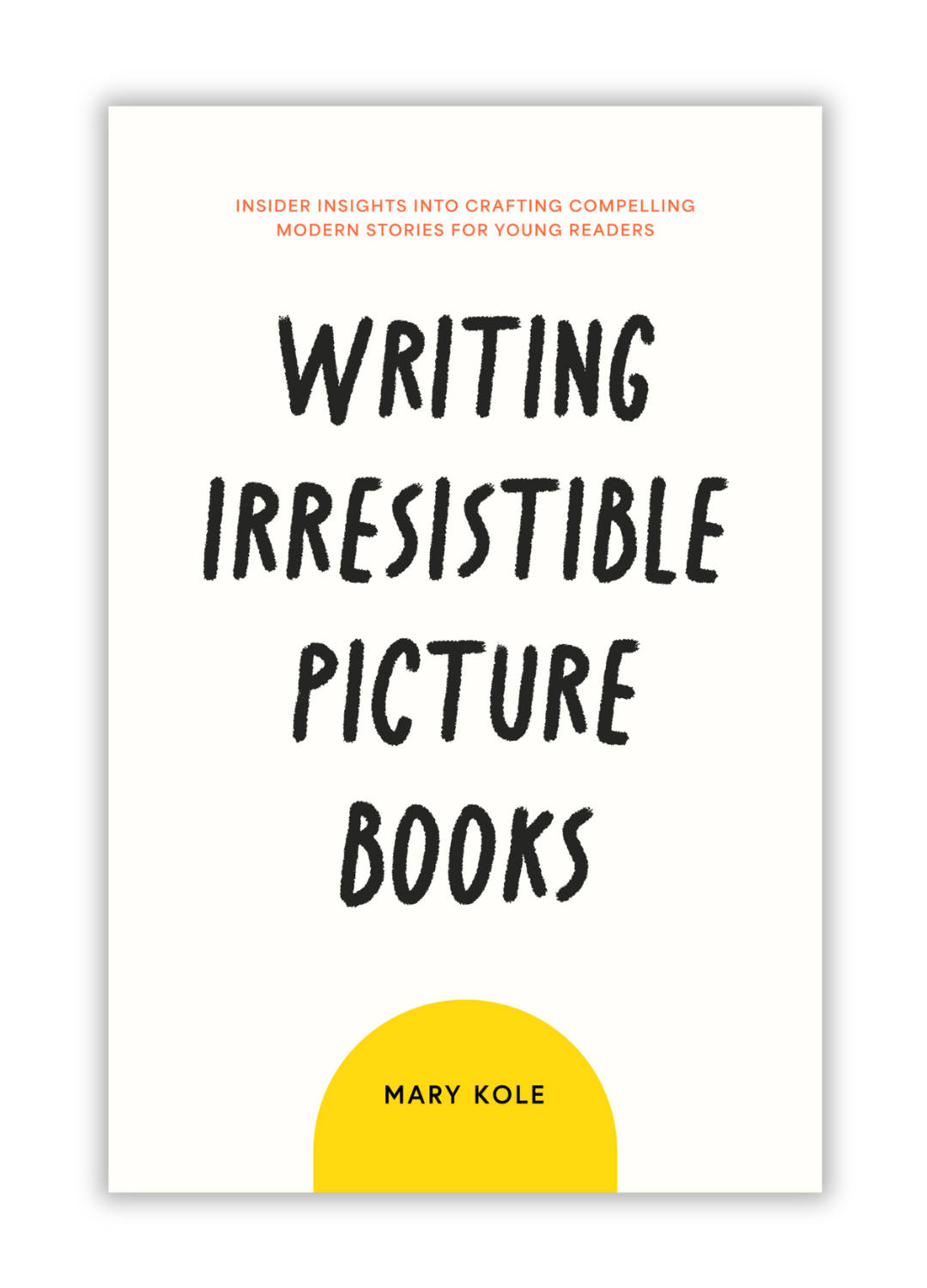Writing a Children’s Book for Today’s Market
By Mary Kole
Mary Kole is a former literary agent, freelance editor, writing teacher, author of Writing Irresistible Kidlit, and IP developer for major publishers, with over a decade in the publishing industry.
Writing a children’s book can be an incredibly rewarding experience. Not only do you get to exercise your creativity, but you also get to bring joy and entertainment to children of all ages. However, writing a children’s book for today's market requires more than just good storytelling skills—it requires research, dedication, and finesse. Only those writers who are committed to a lifetime of work and learning will turn writing a children’s book into a potential career.
Writing a Children’s Book for Today’s Market: Do Your Research
The first step in writing a children’s book is to understand what type of stories are currently popular with kids. Take a look at what books have been published recently and which ones have been successful in terms of sales, reviews, and awards. This will give you an idea of the themes, characters, and plots that resonate with young readers today (and publishing industry gatekeepers as well, like literary agents). It will also help you identify any gaps in the market that your book could potentially fill.
Writing a Children’s Book: Choose Your Target Audience
When you’re writing a children’s book, it’s important to consider who your target audience is going to be. Will you be writing for preschoolers? Elementary school-aged kids? Teens? Knowing your target audience will help you determine the reading level of your intended reader, the intended complexity of the plot, as well as other considerations like illustrations and word choice, which informs writing voice. Depending on the age group you're targeting, there may be certain topics or themes that should either be avoided or dealt with carefully. (You can read more about writing meaningful children’s books here.)
Writing a Children’s Book: Collaborate with an Illustrator or Editor
As much as possible, try to find someone who has experience working with kidlit so they can provide feedback on ideas such as storyline flow, character development, read-aloud potential, word count, page count, etc..
Collaborating with an editor or illustrator can really make all the difference when it comes to writing a children’s book because they know what works in terms of storytelling for each age group. Additionally, having another set of eyes on your work can help ensure that no mistakes go unnoticed before you submit to literary agents, publishers, or market directly to readers via self-publishing. After all, self-editing can only take you so far before you share your efforts with someone else.
Writing a children’s book takes dedication and patience but can ultimately be very rewarding, if done carefully and intentionally. The key is to understand today's market by researching popular titles and choosing your target audience as you make creative decisions. With some hard work and collaboration, you could be writing a children’s book that makes a lasting impact on young readers everywhere.

Click here to purchase Writing Irresistible Picture Books, my book on children’s picture books. This comprehensive guide is crammed with craft advice and groundbreaking original research, including a survey of 1,000 upcoming picture book deals, a breakdown of 80 modern and marketable picture book topics, and in-depth analysis of over 150 published picture books.



